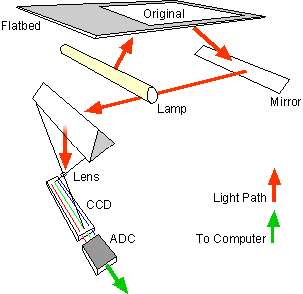There are many applications of computers and which are used in various fields.
Below are the names of the fields where the applications of a computer are used.
- Education & Training centers
- Business
- Banking & Financial company
- Entertainment
- Engineering
- Accounting
- Communications
- Digital Advertisement
- Pharmacy & Hospital
- Office
- Library
- Transporting
- Gaming
- CAD/CAM
Applications of Computer in Education
In the field of education too, the application of computer is being used to teach children in every school, college, the university today.
Through education applications, children are being taught in an even better way so that children are reading and understanding better. Through education applications, you can read and create digital books, digital notes. There are many applications of such education that run through the internet.
Today in every training center such as a computer training center, driving training center and many more training centers are being taught using training applications.
Applications of computer in Business
Computers are also being used in the field of business so that the business can be made more profitable and the business of businessman becomes even easier.
There are many business applications in the market today for business as well.
Through these business applications, you can completely monitor your business like - do calculations, give e-bill or paper bills to customers, do sales analyses, check price, check stock of an item, how much is left in stock now is.
Applications of computer in Banking & finance
Even in the banking sector, today all the work is being done in every bank with the use of a computer.
With the use of computers, the work of banks has become fast and convenient, due to which bank customers are also getting a lot of benefits.
Today every bank in the world is dependent on computers because every bank does its work from computers like - printing bank holder's passbook, opening new accounts, electronic fund transfers, e-banking, and many more. are done by computer. The basic work of a finance company is to give loans to its customers, before giving a loan, this company checks the credit score of that customer, after that, it decides whether to give a loan or not.
Applications of Computer in Entertainment
Computers are also being used tightly in the field of entertainment.
Today, the computer is the only means of entertainment for people around the world, due to which people never get bored and the number of people who are being entertained by computers is increasing day by day. The VLC media player is an entertainment application and there are many other types of entertainment that are given below.
- YouTube
- Amazon Prime
- Netflix
These are all entertainment applications.
Applications of Computer in Engineering
Computers are also being widely used in the engineering sector.
Today the engineer is able to complete every one of his projects through the computer only.
Engineers used to make blueprints of their projects from sketches, which take them a lot of time, but today engineers make blueprints of their projects from computers, which saves them a lot of time.
For example, civil engineers design the map of a house, complex, mall with CAD (computer-aided design).
CAD (computer-aided design) is a 2D and 3D designing application.
Mechanical engineers also use designing applications to make model designs of vehicles.
Applications of Computer in Communication
Even in the field of communication, people are able to communicate with each other only through computer applications.
Through communication application, whenever people want to talk, they can talk to anyone.
The specialty of these applications is that it delivers your message within a few seconds from which you send the message.
These communication applications will be used by almost all the people of the world.
Through these communication applications, you can communicate with text, voice, and video.




